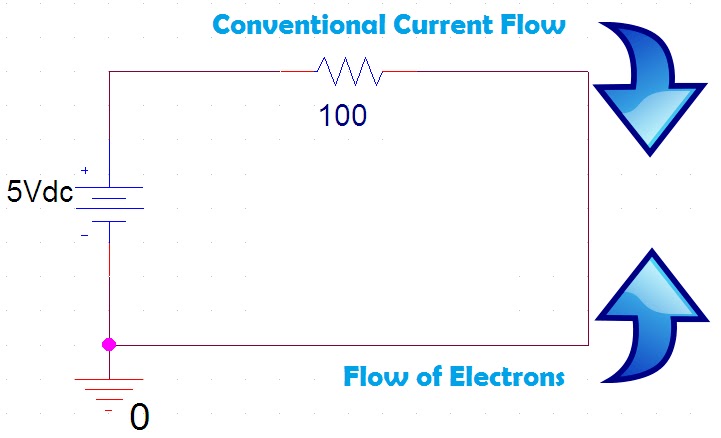Electric Current Flow Diagram
Conventional flow electron electricity electrons Current electric flow effects works ncert science its Circuit current diagram electric electrical simple conventional switch electricity animation circuits flow light battery bulb electronic energy through open electron
To the Rails: EE Fundamentals: Ohm's Law
Battery flow current does inside positive end negative point electric backwards change potential start qgis comsol schematic line within so To the rails: ee fundamentals: ohm's law Circuits current parallel series circuit flow electricity bulbs bulb battery connection two dim dk science technology same does flows when
Simply explained: the flow of electricity
Electricity. moving charges. potential difference between two pointsElectricity electrical current flow moving charges electrons circuit electric through conductor wire electron energy battery circuits move voltage two year Video animation: simple electrical circuit showing current flow byElectrical circuit basics.
Electricity flow electric circuits electrons movement quizizz flows physics movingWhat is electricity? Dk science & technology: circuitsWhat is current in electricity?.

Electricity and circuits
Flow electricity explained circuit water simply currentFlow current law circuit ohm figure fundamentals ee conventional simple rails Electricity circuit battery short sparkfun flow electrons current charge learn kids atom after action savedFlow current circuit electrical basics diagram voltage volt ve fairly intuitive counter difference concept most people so 12voltplanet.
Does the current flow backwards inside a battery? .


Video Animation: simple electrical circuit showing current flow by

NCERT - 7 - Science :: Electric Current and its Effects - evidyaloka

To the Rails: EE Fundamentals: Ohm's Law

Simply Explained: The Flow of Electricity

Electrical Circuit Basics | 12 Volt Planet

DK Science & Technology: Circuits

Does the Current Flow Backwards Inside a Battery? | COMSOL Blog

What is Electricity? - SparkFun Learn

Electricity. Moving charges. POTENTIAL DIFFERENCE BETWEEN TWO POINTS